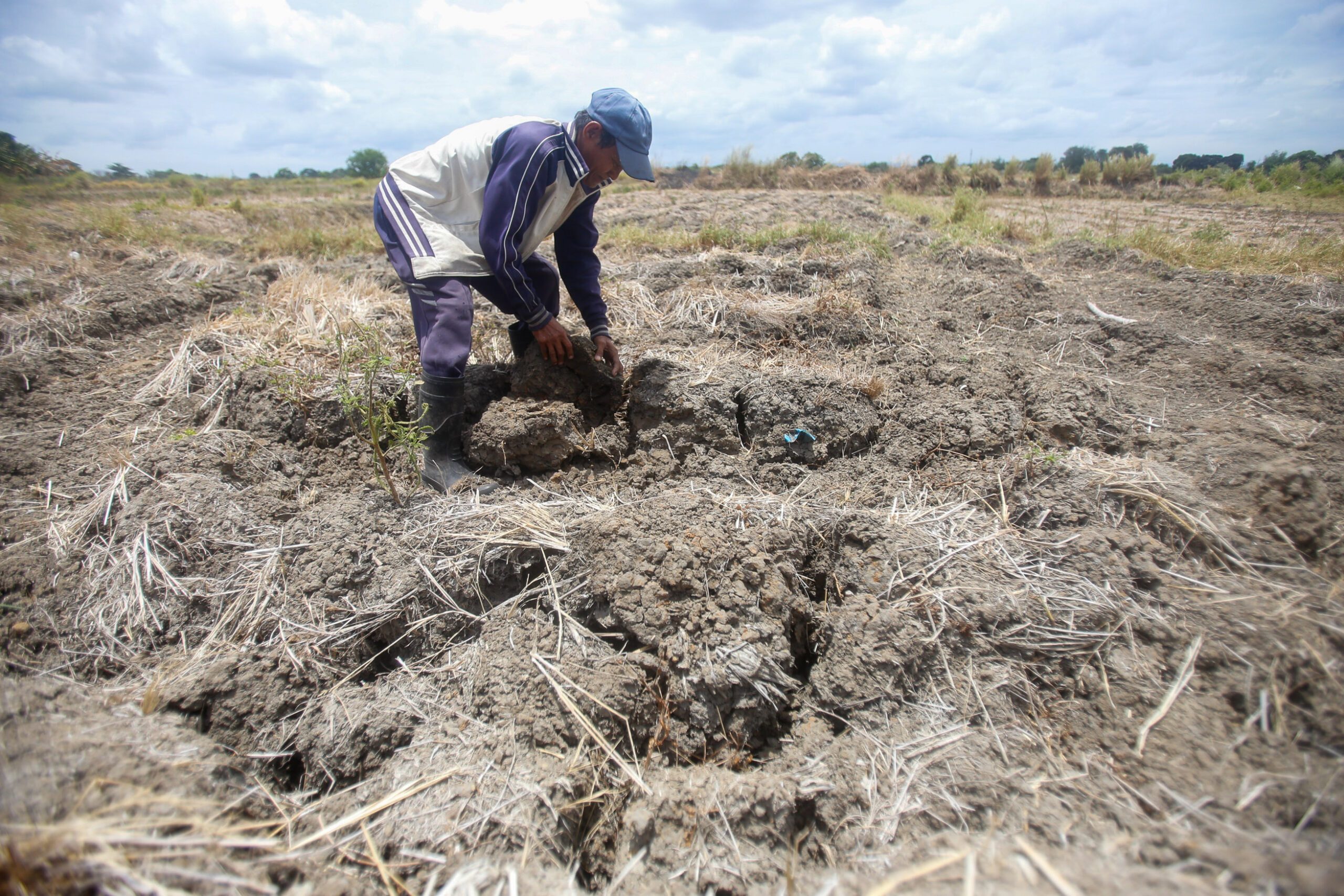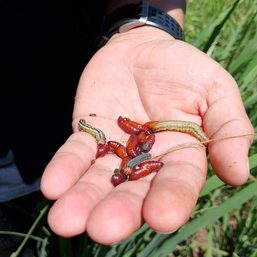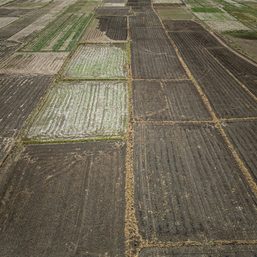SUMMARY
This is AI generated summarization, which may have errors. For context, always refer to the full article.

GENERAL SANTOS, Philippines – Several farmers and agriculture experts in the Soccsksargen region have expressed serious concerns about the government’s response and approach in the face of an impending widespread dry spell that would likely adversely affect farmlands in Mindanao and elsewhere in the next two to three months until 2024.
“If the government, especially local governments, want to prevent a socio-economic crisis later on, they should take preventive measures now,” said Edmundo Cejar, who runs a farm in Malungon town, Sarangani, and who spoke for the Region XII Organic Farmers’ Group.
Cejar was referring to the anticipated impact of the El Niño phenomenon forecast by the Philippine Atmospheric, Geophysical and Astronomical Services Administration (PAGASA) to be felt between June and August.
Based on PAGASA’s model forecast issued on Monday, May 8, there is an “80% probability” that El Niño will persist until the first quarter of 2024.
PAGASA has declared an El Niño Alert based on the El Niño Southern Oscillation (ENSO) Alert and Warning System.
Farmers in the province, Cejar said, have not yet received sufficient support from the agriculture department and local governments vis-à-vis the El Nino threat.
Several farm workers have already abandoned the province’s farms and chose to go to neighboring General Santos and other areas to look for alternative means of livelihood.
“This presents a dual challenge. The surplus of manual laborers will depress wages offered by informal employers and strain social services. Meanwhile, the farms are left neglected and overgrown with weeds,” he said.
Former agriculture secretary Emmanuel Piñol, now an advocate of agriculture and farming technologies based in Cotabato province, questioned the Department of Agriculture’s (DA) decision to seek a budget of P18 million for cloud seeding operations and other measures to mitigate the effects of the impending El Niño phenomenon.
Piñol advised the DA to “save that money,” as he explained that cloud seeding, which stimulates ice crystal formation, will only be effective when there are clouds.
El Niño is a climate pattern characterized by unusually warm ocean temperatures in the equatorial Pacific. It often leads to decreased rainfall and can result in long periods of dry weather with fewer cloud formations.
“Cloud seeding doesn’t work when there are no cloud formations and is simply a waste of money spent on AGL or silver iodide,” Piñol said.
Instead, Piñol said the best way to prepare for El Niño is through long-term water management and conservation plans, including impounding run-off water whenever it rains, constructing levees or sabo dams, establishing water catchments, and implementing solar-powered irrigation systems.
During a media briefing, U-Nichols Manalo, the director of DA’s field operations service, said they have prepared programs to ensure agricultural productivity from the middle of 2023 until the first quarter of 2024.
“We will adjust our planting calendar and the types of crops to be planted, ensure proper water management, deploy water pumps in severely affected areas, and conduct cloud seeding operations,” Manalo said.
Meanwhile, Cejar said farmers need more than government advisories, adding that experts must also educate people, especially subsistence farmers, about the necessary actions to be taken at their level to avoid being caught off guard by the impending long dry spell.
“Where are the local government units, Department of Agriculture, and Department of Agrarian Reform? We read in the papers that the national government is still formulating a response plan to El Niño. And with the onset of El Niño only a month away, it’s once again too late and too little!” expressed a visibly worried Cejar.
He said it was important for local governments to raise public awareness among small farmers about the impending threat.
Cejar, who founded the Sarangani Chamber of Commerce and Industry, said some farmers in his area have been encouraged to plant crops that can easily adapt to the dry spell, but the lack of seeds for these types of plants remains a problem.
He appealed to local governments to take the lead in helping farmers see the threat and motivate them into taking necessary adaptive measures.
“If they remain unaware, they will be unprepared when El Niño strikes. At that point, their dire situation will become a major challenge for the local governments,” Cejar said.
He appealed to officials to abandon what he called the ineffective and outdated strategy of giving dole-outs and farm inputs that failed to improve the economic conditions of farmers for years. What the farmers need, he said, is to be able to adapt and know exactly the crops to plant.
“With free fertilizers, many farmers just sell them. With free rice, corn, and vegetable seeds, the germination rate is less than 70%,” Cejar said. – Rappler.com
Add a comment
How does this make you feel?








![[ANALYSIS] The department of ambivalent, if not ambiguous agriculture](https://www.rappler.com/tachyon/2024/05/department-of-ambivalent-05252024.jpg?resize=257%2C257&crop=279px%2C0px%2C720px%2C720px)

















There are no comments yet. Add your comment to start the conversation.